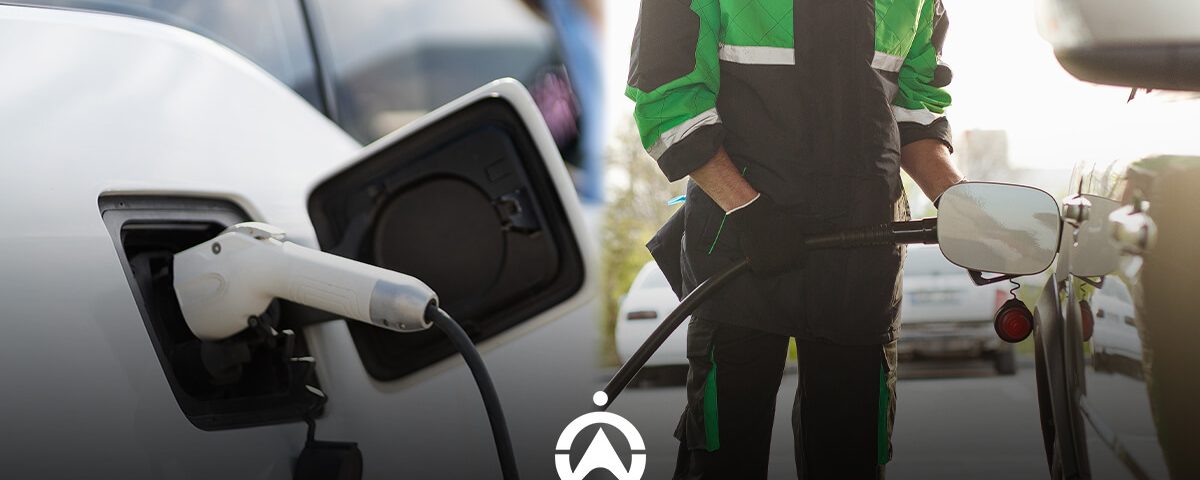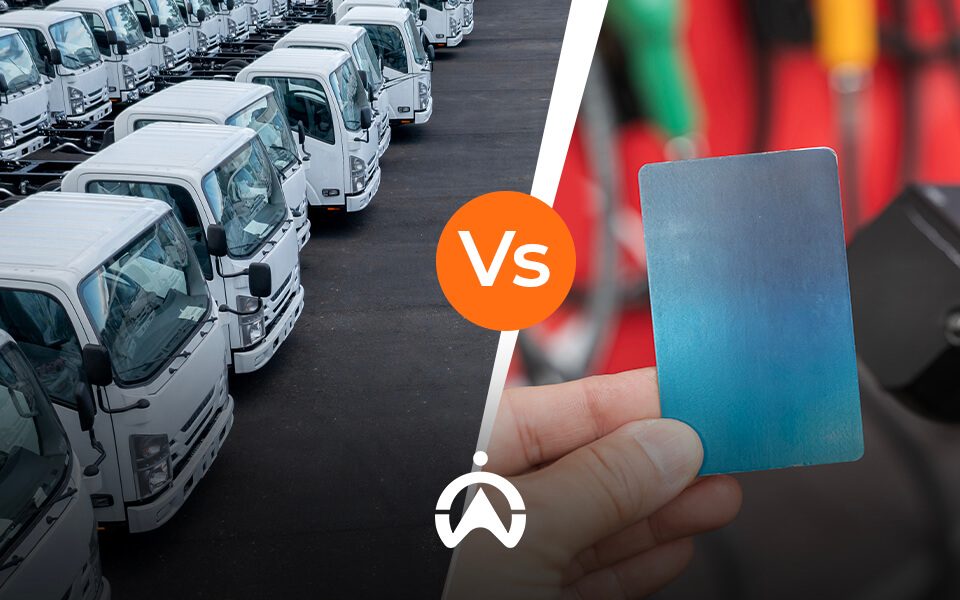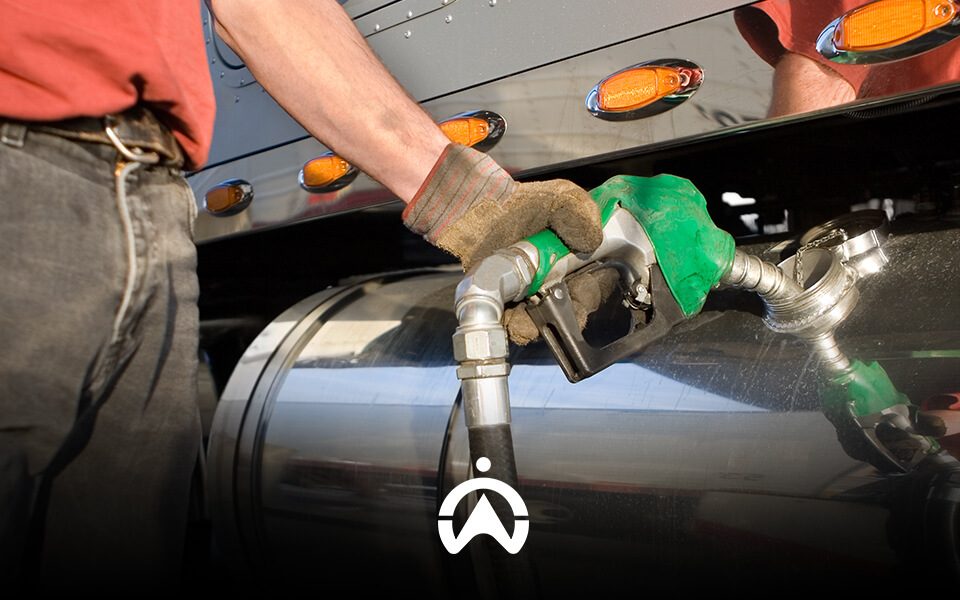Petrol vs Diesel vs Electric Cars: Which Is Better for Your Fleet?
The decision between petrol vs diesel, vs electric cars depends on many factors. These include upfront costs, running costs, operational needs, environmental impact, tax implications in your area, and fuelling infrastructure. Choosing the right engine is essential for fleet efficiency and cost management purposes.
The type of engines you pick directly affects your fleet’s fuel economy, operational costs, and how vehicles perform. Fuel prices around the world are always fluctuating. According to Motor Happy, this is driven by external factors such as international crude oil prices. While this is out of your control, you, as the fleet manager, have the capacity to influence fuel consumption, thereby reducing costs.
Let’s look at the key differences among these three options so you can make a more informed decision. We’ll also show you how our solutions cater to all of these fuel categories.
How do petrol, diesel, and electric fleet vehicles compare?
Petrol, diesel, and electric cars all have unique characteristics. They all come with some advantages and disadvantages. Your fuel selection should meet your business’s specific needs. By understanding these key differences, you’ll be in a better position to make smarter investment choices.
Here’s a table comparison of the three fuel types. We delve deeper into these factors further down in the article.
Understanding petrol-powered cars
Vehicles that use petrol are often the least expensive in terms of the upfront cost. This type of fuel also tends to be cheaper compared to others, and it’s widely available. However, the fuel in petrol-powered cars doesn’t last long. They’re therefore the least fuel-efficient compared to other alternatives.
Carbon dioxide emissions from cars are a huge contributor to climate change. Petrol cars tend to emit more greenhouse gases compared to other fuel types, especially over their lifetime. This will have a high impact on your fleet’s total carbon emissions and result in higher fuel taxes.
Understanding diesel-powered cars
Diesel cars have components that are similar to those of petrol cars. They have an internal combustion engine and run on fossil fuels. Diesel cars tend to have a longer lifespan than petrol and electric vehicles. You’ll get more kilometres per litre with them, and that’s what makes them more attractive to fleets that often do long-distance trips.
The downside of diesel cars is that they’re considerably more expensive to purchase outright, and are louder. Although they produce slightly less carbon dioxide, the heating air in diesel vehicles produces more nitrogen oxides (NOₓ), which are said to be more toxic to humans. Nitrogen oxides include nitrogen dioxide (NO2) and nitrous oxide (N2O). They can cause respiratory issues, which can turn fatal at higher levels of exposure.
Understanding electric cars
Also known as EVs (electric vehicles), these are vehicles that don’t have an internal combustion engine. They’re powered by an electric motor and battery pack. Since electricity is cheaper than petrol or diesel, EVs cost far less to keep running. EVs also emit zero greenhouse gases, making them the most environmentally friendly.
In contrast, EVs are typically the most expensive vehicle types compared to petrol and diesel; yet they depreciate faster. According to EuroNews, one of the reasons for rapid EV depreciation is that the newer EV models deliver longer driving ranges and faster charging times. This makes the older ones appear outdated, affecting their resale value.
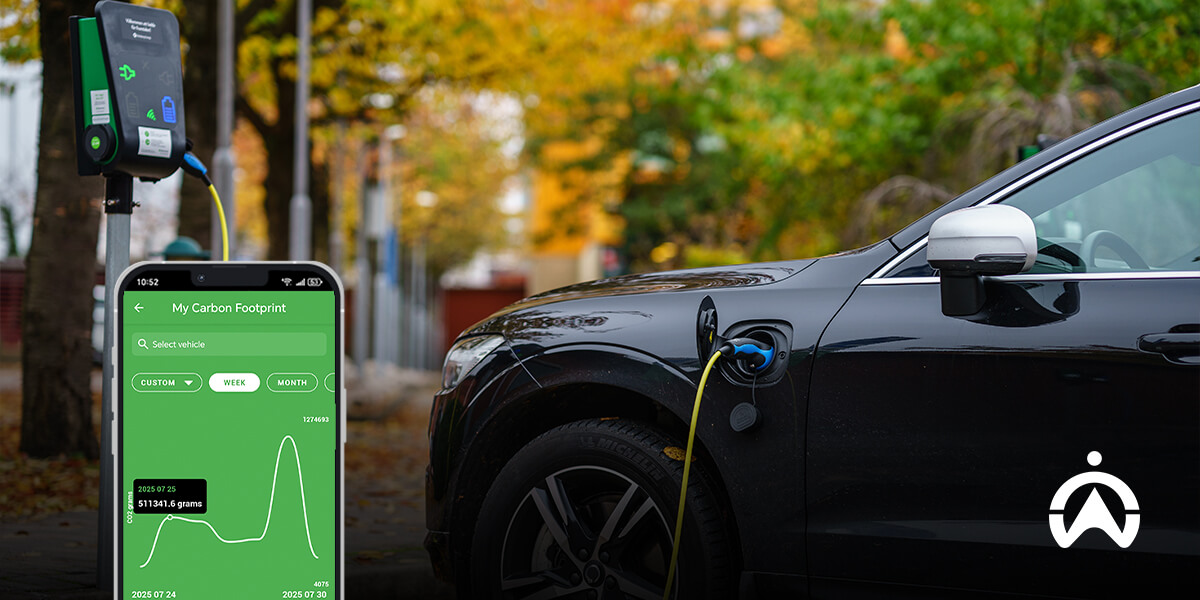
What are the factors to consider when choosing your fleet?
The factors you should consider when choosing fleet vehicles are total cost of ownership, operational requirements, environmental considerations, infrastructure, and future-readiness. Together, these factors directly impact your fleet’s overall expenses, performance, and success. Knowing what to look for will make it easier to determine the ultimate fuel choice for your fleet.
Let’s have a look at each of these considerations:
- Total cost of ownership (TCO): Calculating the TCO gives you a holistic view of what owning these vehicles will look like. It incorporates cost factors such as fuel expenses, maintenance, and resale value. This enables you to choose the option that aligns more with your fleet’s needs and financial goals.
- Operational requirements: Your fuel choice also depends on what the vehicles are used for, how frequently they’ll be used on a daily basis, and the distance they’ll cover. For example, due to their high fuel economy, diesel cars are recommended for fleets that make long-distance trips, and they can also carry more load.
- Environmental and regulatory considerations: According to the United States Environmental Protection Agency, the transportation sector is the largest source of greenhouse gas emissions. For this reason, many countries, including Eswatini, have regulatory standards that help drive fleets toward more sustainable vehicle options.
- Infrastructure: This refers to the availability of fuel stations. Our country has more fuel stations that serve petrol and diesel vehicles. These fuel stations are easily accessible across the country. EV charging stations, on the other hand, are mostly concentrated in major cities, usually at petrol stations, shopping malls, or hotel parking areas.
- Future-readiness: Will the type of engine you choose align with the upcoming industry shifts, regulations, and your business goals?
Which engine requires more maintenance?
Diesel vehicles often require more maintenance. Vehicles with internal combustion engines (petrol and diesel) have many moving parts (such as the transmission and exhaust system). This creates greater maintenance needs such as spark plug replacements, oil and filter changes, and air filter replacements. Diesel engines, therefore, require more maintenance because of their complex build.
How can Cartrack help you manage your fuel?
No matter which engines power your fleet, keeping the running costs under control is key. Cartrack’s fleet management and fuel monitoring solutions will give you real-time insights into your fleet’s fuel consumption, efficiency, and overall performance. With us, you can make smarter decisions that’ll boost savings.
Here are some of our top solutions for managing fuel expenses:
- MiFleet
MiFleet is a cost management tool that you can find on our platform. It helps keep you up to date with daily fuel expenses. MiFleet automatically verifies fuel transactions. It gives you reports based on factors such as distance travelled, litres in the tank, and the filling station location. It then flags suspicious transactions, helping you easily spot possible theft or fraud.We also have a MiFleet Live option, available on the Cartrack mobile app and Driver app. Instead of waiting to get to your desk to check, this feature allows drivers to log fuel transactions at the filling station, so you can instantly approve them on the phone. This reduces manual entries, saves time, and gives you stronger cost control.
- Fuel Probes
Fuel probes are sensors that are placed inside fuel tanks to measure how much fuel is in the tank. They give you real-time updates of live fuel levels, making it easier to detect fuel theft. You’ll also get alerts of any sudden drops, which could indicate fuel syphoning (the act of draining fuel from a tank using a hose).
- Route optimisation
Plan better and more efficient routes with our route optimisation software tool. All you have to do is enter the destinations each driver needs to go to daily, and the software will suggest the best way to get there. It takes into account factors such as distance, historical traffic patterns, and the number of stops, giving you the most efficient route and helping reduce your fleet’s carbon footprint. If you have a fleet of EVs, this feature helps you plan routes, and that’ll give your drivers more kilometres before you have to charge. It helps them avoid running out of power, as you can include charging stations in the planning tool.
- Preventative maintenance
Vehicle components, such as the engine need to be well maintained in order to run smoothly and use less fuel. Our preventative maintenance feature helps you stay up to date with vehicle upkeep by giving you alerts of problems like engine faults and oil & water fluctuations. This helps you attend to maintenance needs quickly and avoid further damage.
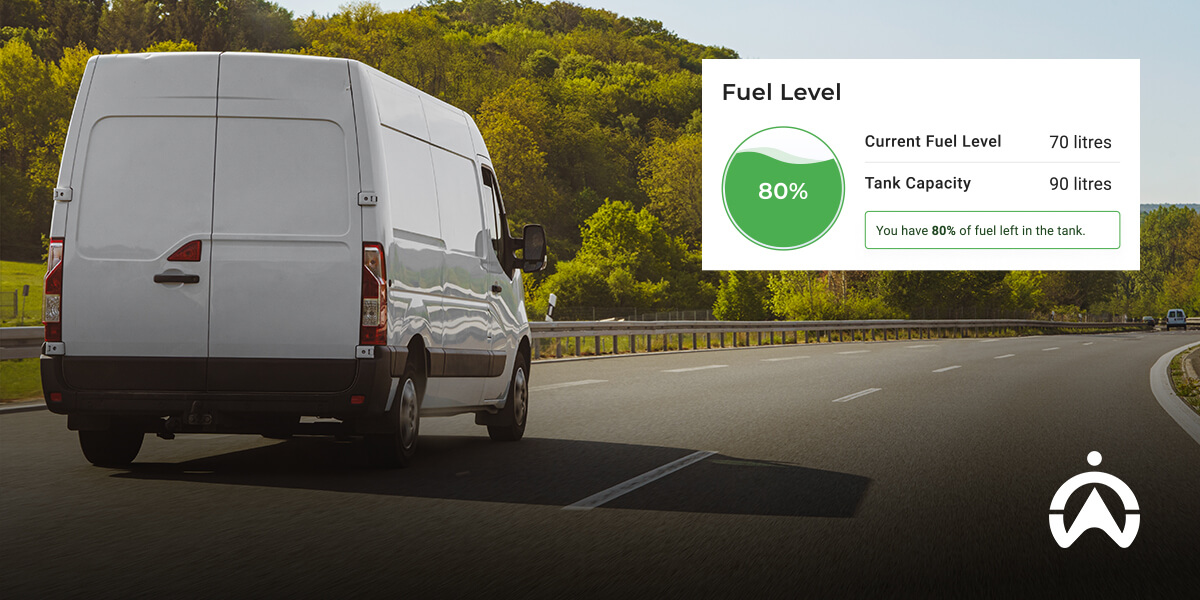
Making the choice between petrol, diesel, and electric vehicles
In conclusion, there’s no one-size-fits-all answer for which engine would best suit your fleet. Diesel suits long-distance fleets where fuel efficiency and range matter most. Petrol is for fleet businesses in urban areas, perfect for light use. EVs are ideal for urban short-range fleets with access to charging stations, offering low running costs and regulatory benefits.
A mixed fleet is what other businesses prefer, as it’s generally better for balancing costs, environmental impact, and operational flexibility. Whichever one you choose, we have solutions that’ll make running your fleet easier. Contact us today, and let’s help you see where your fuel really goes.
Frequently Asked Questions about the different types of vehicle engines
What is the biggest weakness of an electric car?
Insufficient charging stations are one of the biggest issues drivers experience when using electric cars. The infrastructure in Eswatini is expanding rapidly, with most of them centred in larger cities.
Is a hydrogen car the future?
The future of hydrogen vehicles will depend on factors like producing hydrogen in a clean and sustainable way, and building widespread refuelling infrastructure for everyday use. Chemistry World highlights how big companies such as Toyota, Hyundai, and BMW continue to develop and promote hydrogen-powered cars, believing they offer unique advantages.

